12 Dividend Stocks That May Be Income Traps
The selloff in 2018’s final quarter left many great companies in beaten-down territory, pushing yields for some dividend stocks to near-record highs.

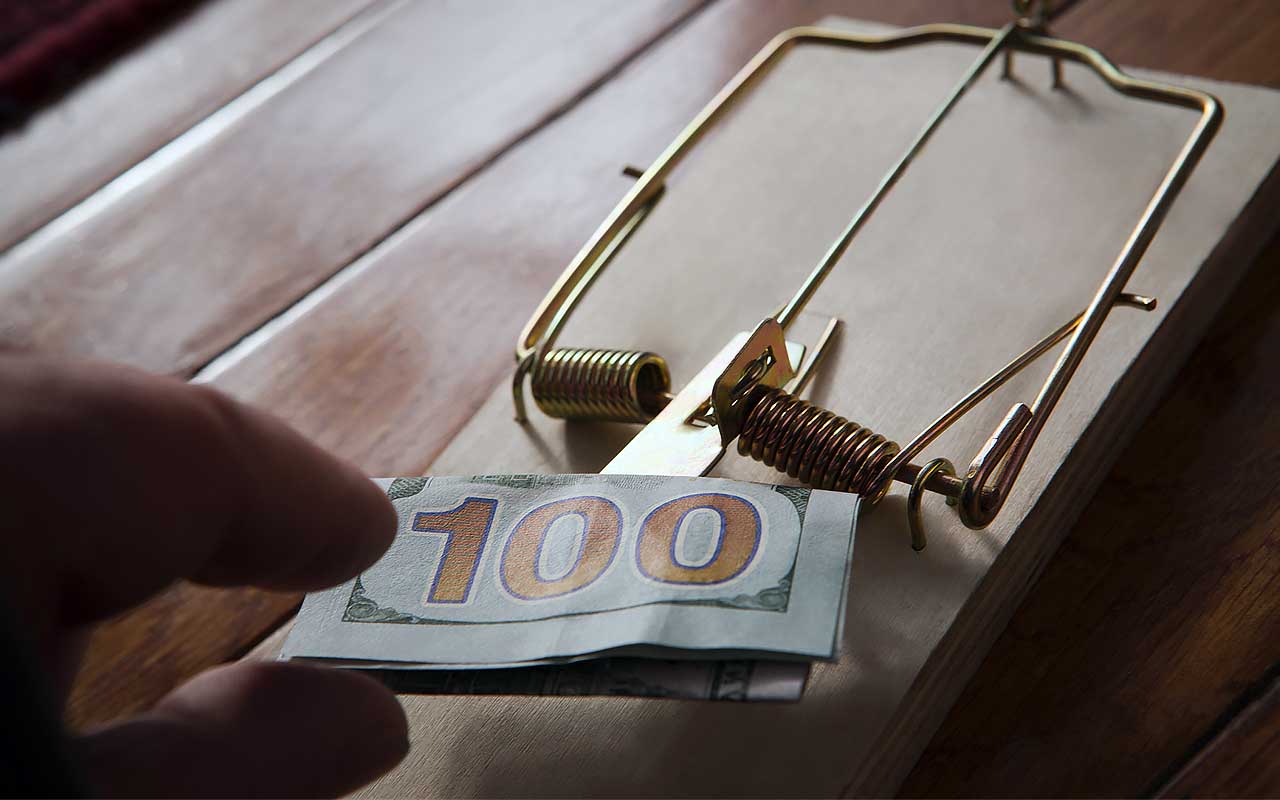
The selloff in 2018’s final quarter left many great companies in beaten-down territory, pushing yields for some dividend stocks to near-record highs. And despite the recovery in 2019, many of these same stocks still sport yields that are far better than their historical averages.
But while some of these represent true bargains, some are dividend traps – high-yielding companies hampered by excessive risk and/or fading prospects. Dividend traps entice with rich yields almost like a siren song, only to disappoint later with dividend cuts.
Even well-known companies aren’t immune. Consider General Electric (GE), which once was among the bluest of blue chips but has slashed its payout twice in as many years. Another familiar name, Anheuser Busch InBev (BUD), halved its dividend in October because it had to deal with onerous debt.
Unusually high yields can be a warning sign of a dividend trap, but they don’t have to be. For some real estate investment trusts (REITs) and other areas of the market, well-above-market yields are the norm.
But do watch out for factors such as overly leveraged balance sheets. Lenders, not equity holders, have a senior claim on company assets. So when interest rates rise high enough, companies may be forced to choose between dividends or interest payments. And of course, watch out for high payout ratios. Even the best-run businesses encounter obstacles, and companies that are really stretching their profits to fund the dividend might be forced to cut back when earnings thin out.
Here are 12 high-yielding dividend stocks that possess many characteristics of a trap. Some yield slightly better than the market average, while others are flashing yields well into the teens.
Data is as of March 4. Dividend yields are calculated by annualizing the most recent quarterly payout and dividing by the share price.

Tupperware Brands
- Market value: $1.4 billion
- Dividend yield: 3.6%
Shares of Tupperware Brands (TUP, $28.78) plummeted nearly 30% in one day in late January because of a huge miss on sales guidance and (likely more importantly) a 60% dividend cut. Tupperware previously guided for 7%-9% lower sales in the fourth quarter, but the actual decline was nearly twice that at 14%. Sales fell in every market, suggesting no quick fix to problems, and the number of active Tupperware sales reps dropped 9% year-over-year. A contracting sales force makes improving the top line an uphill battle.
Free cash flow fell 60% year-over-year to $56.6 million and was not even close to covering $137.8 million in dividends. The company made up the difference by taking on more short-term debt.
Even with a reduced dividend, Tupperware remains on the hook for roughly $53 million of annual dividend payments. Further complications are rising capital expenditures through 2022 and existing long-term debt totaling $603.4 million, or an excessive 11 times free cash flow.
These factors, on top of management’s guidance for 8%-10% sales declines in this year’s first quarter, suggest that the remaining dividend still might not be safe.
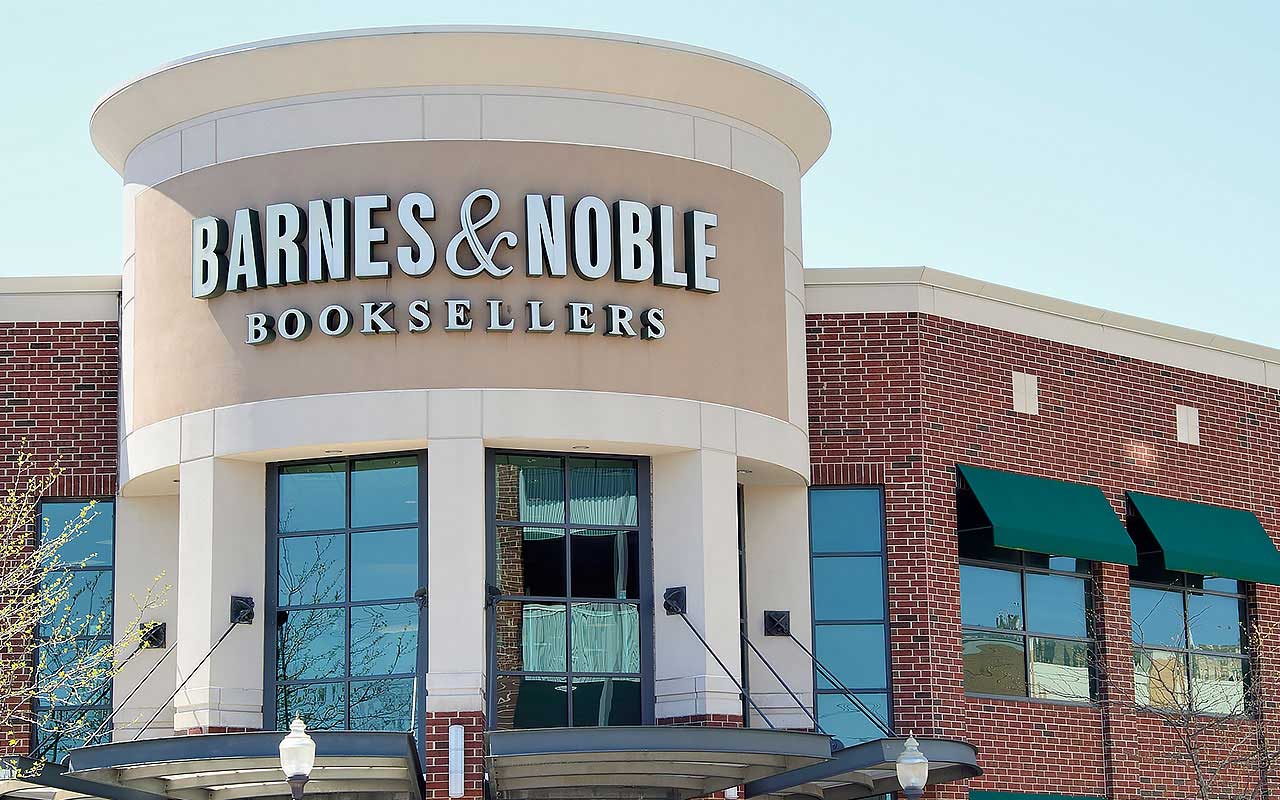
Barnes & Noble
- Market value: $465.1 million
- Dividend yield: 9.5%
Despite its best performance in years during the 2018 holiday season, bookseller Barnes & Noble (BKS fell in January following warnings from management that higher advertising and promotional spending would cut earnings guidance by 10%.
Traditional brick-and-mortar booksellers are losing business to Amazon.com (AMZN) and have been slow to adapt. Barnes & Noble has suffered five consecutive years of shrinking sales and profits. Worse, the company began paying a dividend to attract investors but can't manage the payout with its earnings. The current payout ratio is 162% of projected fiscal 2019 profits.
Even more concerning is the company’s inability to cover dividends from cash flow. During 2018, Barnes & Noble paid $43.7 million of dividends, but produced just $37.1 million of cash flow. At the current rate, the dividend appears unsustainable.
Adding to the company’s headaches is a lawsuit from its former CEO, who was fired last August after allegations of sexual harassment, bullying and impeding the retailer’s M&A efforts.
Share price volatility in recent months is attributable to activist investors pushing the company to find a buyer. Amazon and private equity firms are frequently mentioned as potential purchasers.

L Brands
- Market value: $7.4 billion
Retailer L Brands (LB, $26.81) owns the Victoria’s Secret, Pink and Bath and Body Works brands. The company sells through 3,109 company-owned stores and 800 franchised stores in the U.S., U.K., Canada and China. Eroding comparable-store sales for Victoria’s Secret recently triggered an $80.9 million impairment charge and a management change. L Brands also was recently forced to close its poorly performing Henri Bendel fashion brand and seek a buyer for its troubled La Senza lingerie brand.
The company actually managed to increase its sales in 2018, by nearly 5%, but adjusted earnings (backing out extraordinary items) actually dropped 12%, to $2.82 per share, as the company’s gross margins suffer. For next year, the company expects to earn even less – $2.20 to $2.60 per share.
Cash flow generated of $212 million during the first nine months of 2018 was not even close to covering $335 million of dividends, and L Brands dipped into its cash to cover the shortfall. The company later cut its dividend in half, to 30 cents quarterly, to accelerate debt repayment.
L Brands’ long-term debt has risen three years in a row to $5.8 billion, while the company brought in just $13 million in operating cash all of last year. The company’s debt is rated below investment-grade by Standard & Poor’s, which also has a negative outlook for the business.
Declining margins, outsize debt and weakening brands create headwinds for L Brands that could force more dividend cuts.
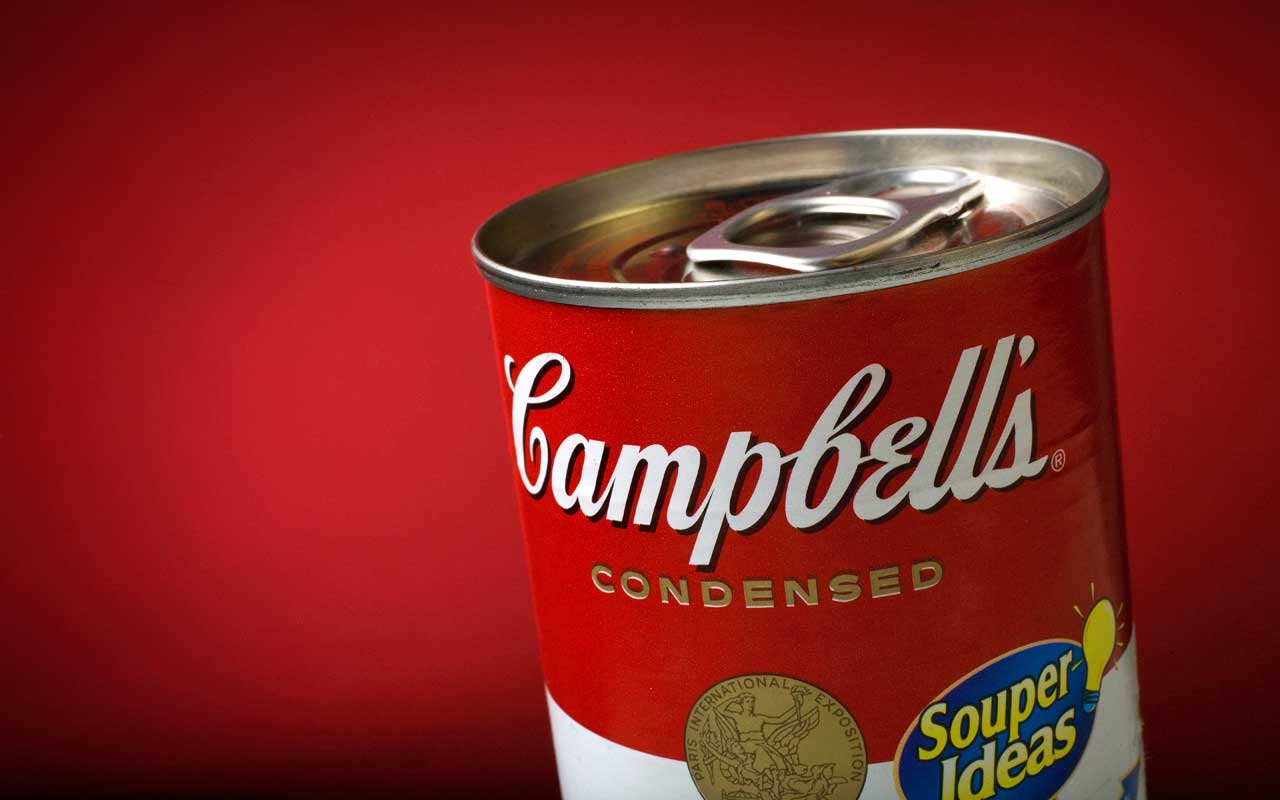
Campbell Soup
- Market value: $10.8 billion
- Dividend yield: 3.9%
Stagnant growth and an increasingly leveraged balance sheet put Campbell Soup (CPB, $36.00) in the crosshairs of both bearish analysts and activist investors, specifically Third Point, who were pushing for an outright sale of the business. Third Point has since reached a truce with CPB, but issues remain.
Campbell recorded sales gains in the first quarter of fiscal 2019 due to contributions from recent acquisitions (i.e. Snyder’s-Lance and Pacific Foods). Organic sales fell 3% and gross margin contracted nearly 600 basis points, resulting in a 14% EPS decline. In the second quarter, sales rose 24% – but that was thanks to a 26-point assist from its acquisitions (ergo, organic sales declined 2%). The company is writing off 2019 as a transition year and guiding for reduced EPS.
Poor financial performance is a long-standing issue for this company. Campbell has missed analyst estimates in six of the past nine quarters. Activist investors complain of minimal share price appreciation over the past 20 years (-11% since 1999), key brands losing market share and managers who overpaid for bad deals and saddled the company with debt.
Gradually weakening earnings have caused payout to climb despite an unchanging dividend. Payout from earnings has averaged 84% over the past four years.
Acquisitions caused Campbell’s total debt to nearly triple to $9.5 billion, or about 11 times free cash flow, but generated little value for investors. Campbell plans to sell its fresh foods and international segments and apply the proceeds to debt reduction. However, if asset sales fail to materialize, excessive debt and eroding organic sales and margins elevates the dividend risk.
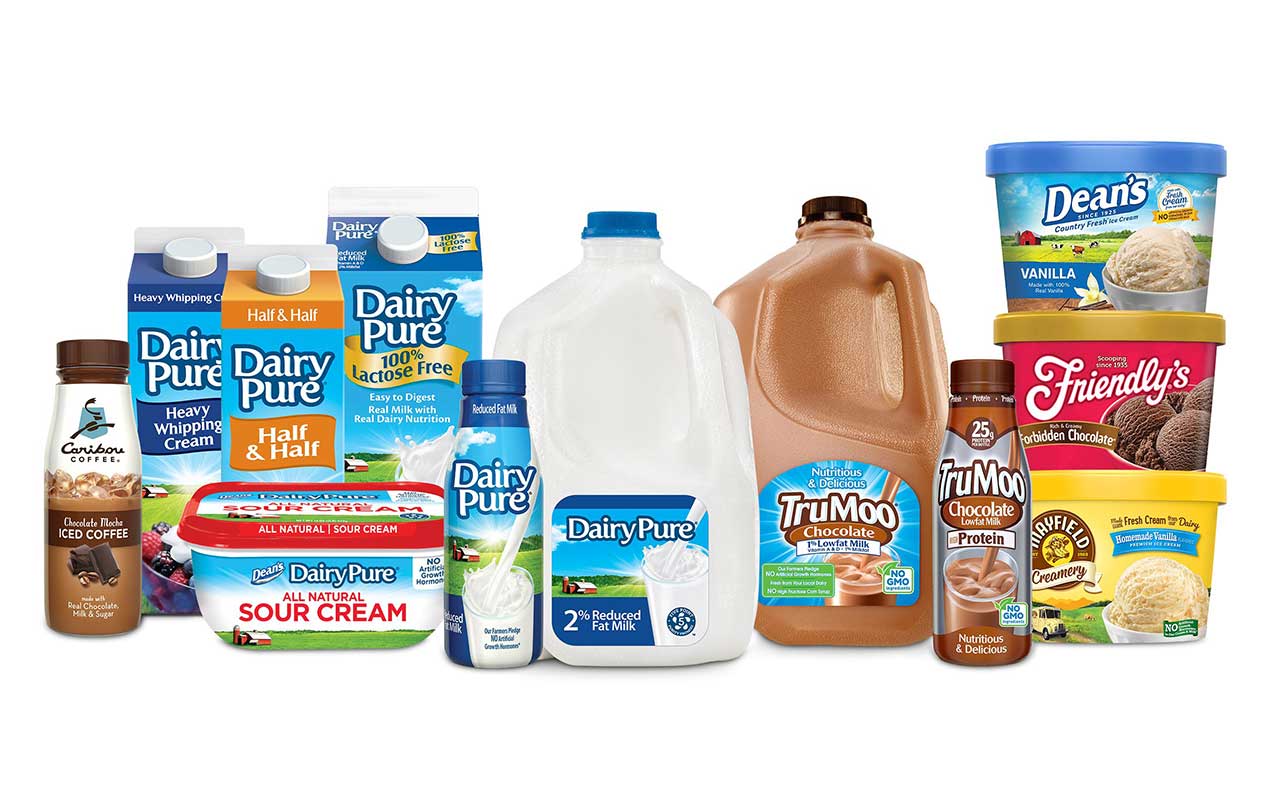
Dean Foods
- Market value: $325.6 million
- Dividend yield: 2.6%
Shares of dairy distributor Dean Foods (DF, $3.56) fell 50% last year as a result of higher fuel, labor and other expenses that depressed margins and EPS. Dean missed consensus analyst estimates by a wide margin in the third quarter and cut full-year 2018 earnings guidance from a modest profit to a loss. All told, the company lost an adjusted 47 cents per share from continuing operations.
The company also slashed its dividend by two-thirds, cutting its quarterly payment from 9 cents to 3.
Dean is cutting costs, but expense reductions won’t help the company’s falling top line. Milk volume is declining due to the loss of major customers such as Walmart (WMT), industry declines and retailers replacing branded milk with their own private-label products.
Free cash flow was flat in 2018, at $38 million, while cash dividends paid for the year were about $27 million.
Also concerning is that the company ended 2018 with a leverage ratio of 6.7 times EBITDA (earnings before interest, taxes, depreciation and amortization). Dean already was forced to seek a waiver from lenders this year due to non-compliance with leverage covenants. Further issues with lenders eventually could put the remaining dividend in jeopardy.
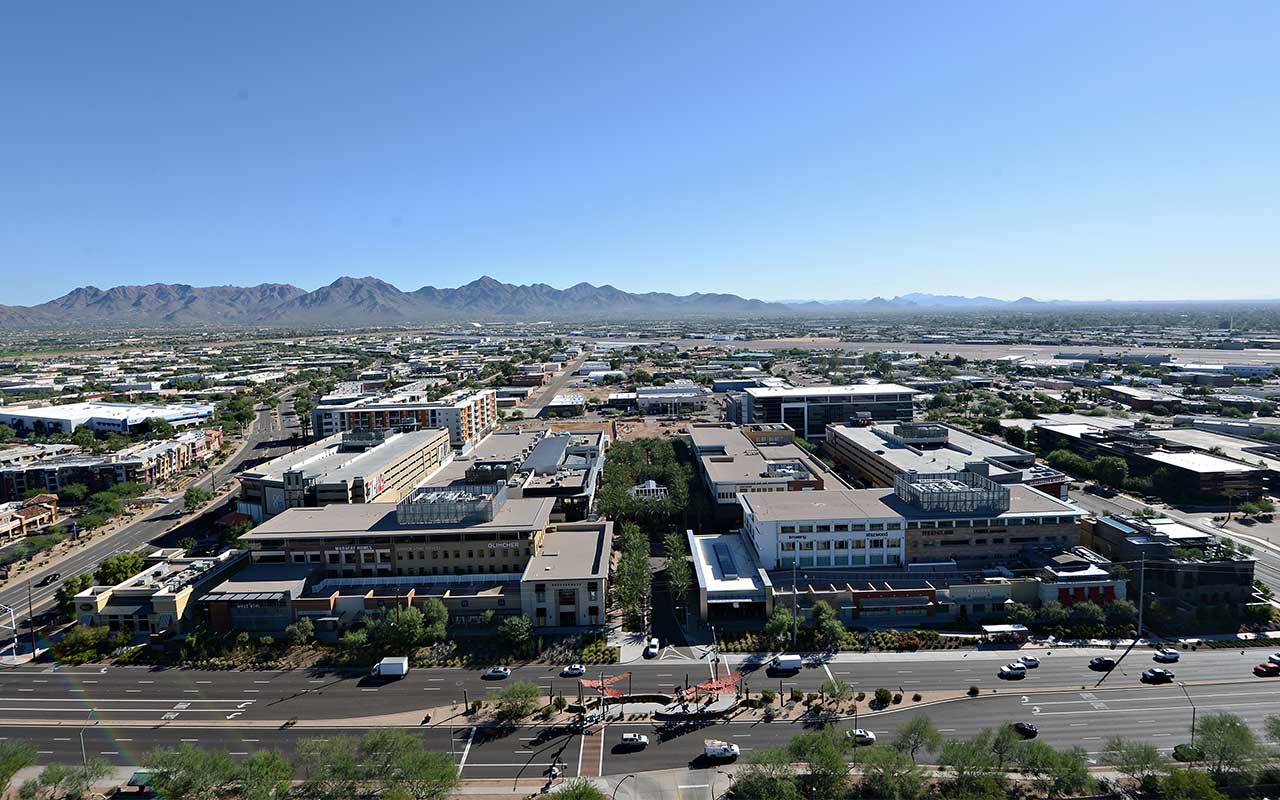
Washington Prime Group
- Market value: $967.6 million
- Dividend yield: 17.3%
Mall REIT Washington Prime Group (WPG, $5.20) faces triple threats from the closings of Sears (SHLDQ), JCPenney (JCP) and Macy’s (M) stores. Struggling retailers anchor 96 properties in Washington Prime’s portfolio. Second-tier mall owners such as Washington Prime are further challenged by rising vacancy rates and softening rents. During the third quarter of 2018, for instance, mall vacancy rates hit 9.1% – the highest level since 2011, according to research firm Reis.
Washington Prime’s adjusted funds from operations (FFO, an important REIT profitability metric) declined both in the fourth quarter and for full-year 2018. Another profit measure, comparable NOI, dropped 5.3% in Q4 and 3% for the full year.
The REIT has been forced to set aside $300 million to $350 million on top of $100 million of annual redevelopment spending to reposition 28 closed Sears stores over the next three to five years. The company frankly acknowledges that many of its assets show the effects of 20 years of neglect. Upgrades will be costly and time-consuming, and a major drain on the REIT’s cash flow over the next several years.
Management targets a 2019 dividend payout of $1.00 per share, and FFO in a range of $1.16 to $1.24 per share. Its adjusted FFO for 2018 was $1.51. Big spending on upgrades to its underperforming portfolio could easily force a re-examination of that dividend level.

R.R. Donnelley
- Market value: $354.3 million
- Dividend yield: 2.2%
- R.R. Donnelley (RRD, $5.03) is a commercial printing and digital marketing company. At first blush, its stock appears seriously undervalued; shares recently were trading at just 2.3 times cash flow and 5.4 times EBITDA. However, RRD faces multiple challenges that make these shares a risky bet for dividend investors.
The company produced $6.8 billion in annual sales in 2018 and is guiding for $6.5 billion to $6.7 billion in 2019. Worse, R.R. Donnelley has recorded five straight years of net losses. Also in 2018, RRD generated net cash from operations of $203.5 million and used $104.4 million of this for capital expenditures and $23.9 million for dividend payments.
R.R. Donnelley is hampered by a heavily leveraged balance sheet; long-term debt totals $1.9 billion, which is more than five times its market value, and its book value is negative.
The company has already sliced its dividends, from 78 cents per share quarterly to 14 cents in 2016, then down again to 3 cents per share last year. With net sales declining 2% in 2018 and forecast to dip again in 2019, it is difficult to expect a quick reversal in R.R. Donnelley’s fortunes or a safe dividend anytime soon.
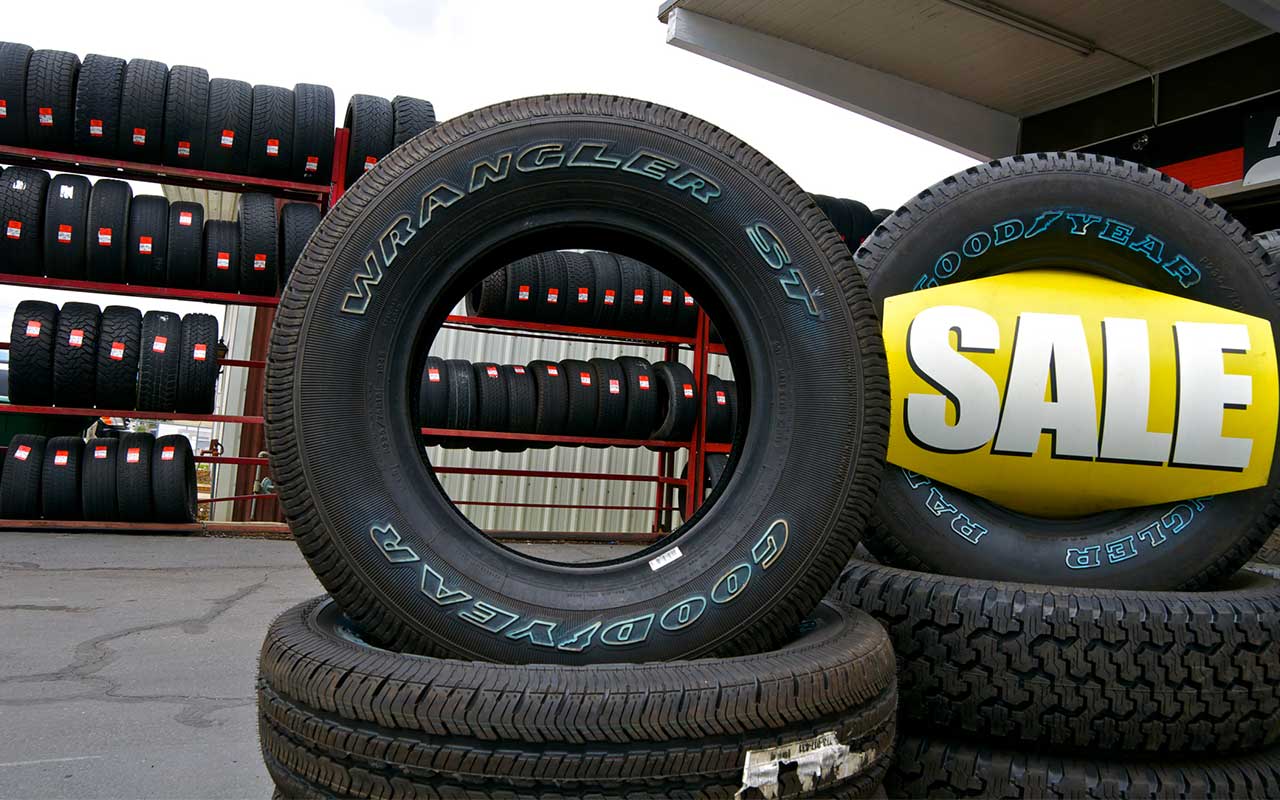
Goodyear Tire & Rubber
- Market value: $4.6 billion
- Dividend yield: 3.2%
Tire manufacturer Goodyear Tire & Rubber (GT, $19.71) is struggling as a result of rising raw material costs, weakening in China’s market and overall declines in replacement tire volume. The company missed analyst estimates in its most recent quarter and shares plummeted to a 52-week low in January when management acknowledged these macroeconomic challenges would hurt 2019 performance.
Goodyear’s sales have been roughly flat three years in a row. Net income improved in 2018, but this was due to an accounting gain on its TireHub joint venture, which masked an 18.1% drop in operating income.
Cash flow fell 20% to $916 million and couldn’t cover $949 million of capital expenditures and dividends, forcing the company to draw down cash. Goodyear expects to consume more cash in 2019 since capital expenditures, interest expense and dividends are all budgeted higher.
The company is constrained by a leveraged balance sheet showing long-term debt at $5.1 billion and a debt-to-EBITDA ratio comparing unfavorably to industry peers. Dividend payout from free cash flow was 131% last year and suggests GT’s dividend is on shaky legs.
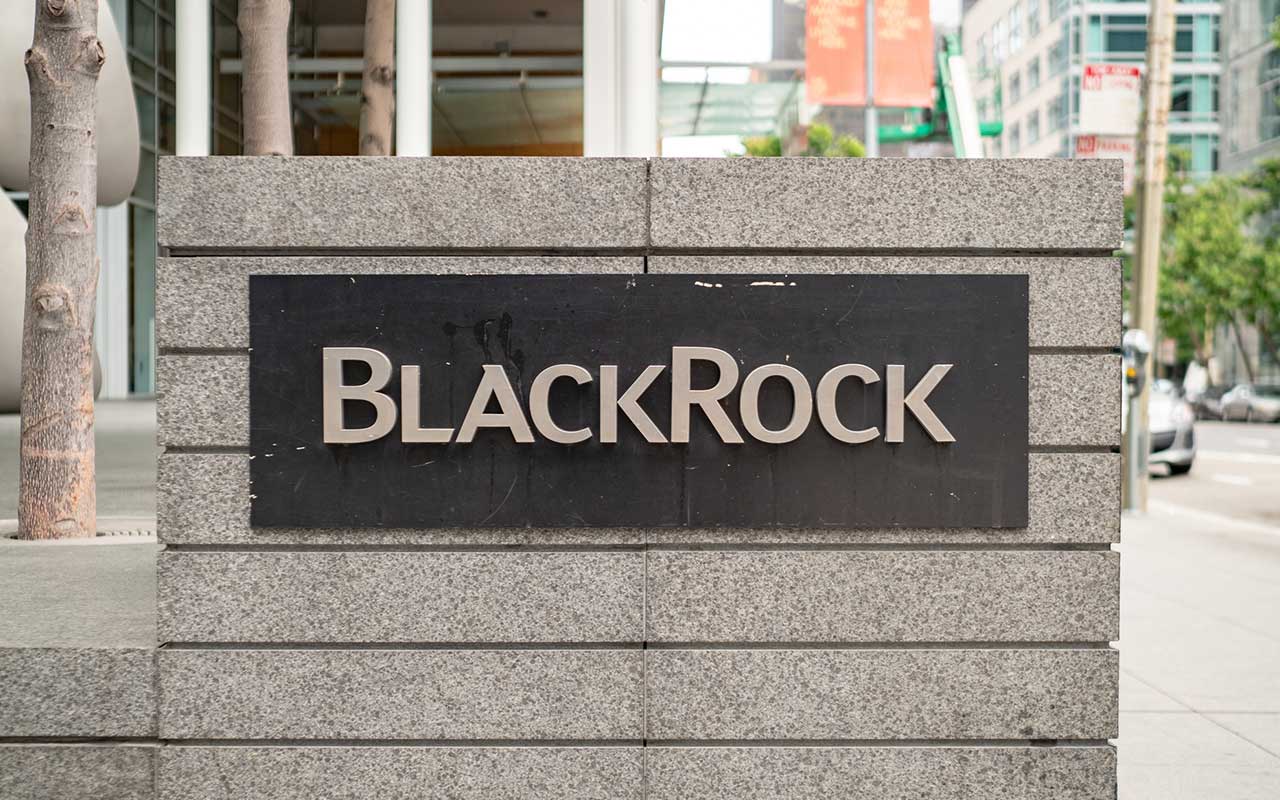
BlackRock Capital Investment
- Market value: $438.6 million
- Dividend yield: 11.5%
Despite an attractive dividend yield, cumulative returns for BlackRock Capital Investment (BKCC, $6.29) have totaled roughly 11% over the past five years – far less than the 64% cumulative return investors could have obtained from the S&P 500.
BKCC exceeded analyst estimates by one penny in the 2018 third quarter, but missed by big amounts in the two previous quarters. For the fourth quarter to be reported March 6, analysts forecast earnings will be 15% lower than last year.
This midsize business development company (BDC) has covered its dividend from net investment income (NII) – an important gauge of BDC profitability – only once in five quarters.
Another concern is the company’s risky assets. Subordinated unsecured debt, the riskiest kind of debt, represented 55% of new investments and 21% of the portfolio last quarter. The portfolio is highly concentrated, with only 28 investments, and has declined in size from $890 million one year ago to $787 million currently – a nearly 12% reduction. Fewer earnings assets usually equates to less income.
The BDC space is known for unreliable dividends, and BlackRock has trimmed dividends more than most. The annual payment has decreased six times since 2008, and last year’s annual payment was 58% lower than where it was in 2008. Investors looking for reliable income are advised to steer clear of BKCC.
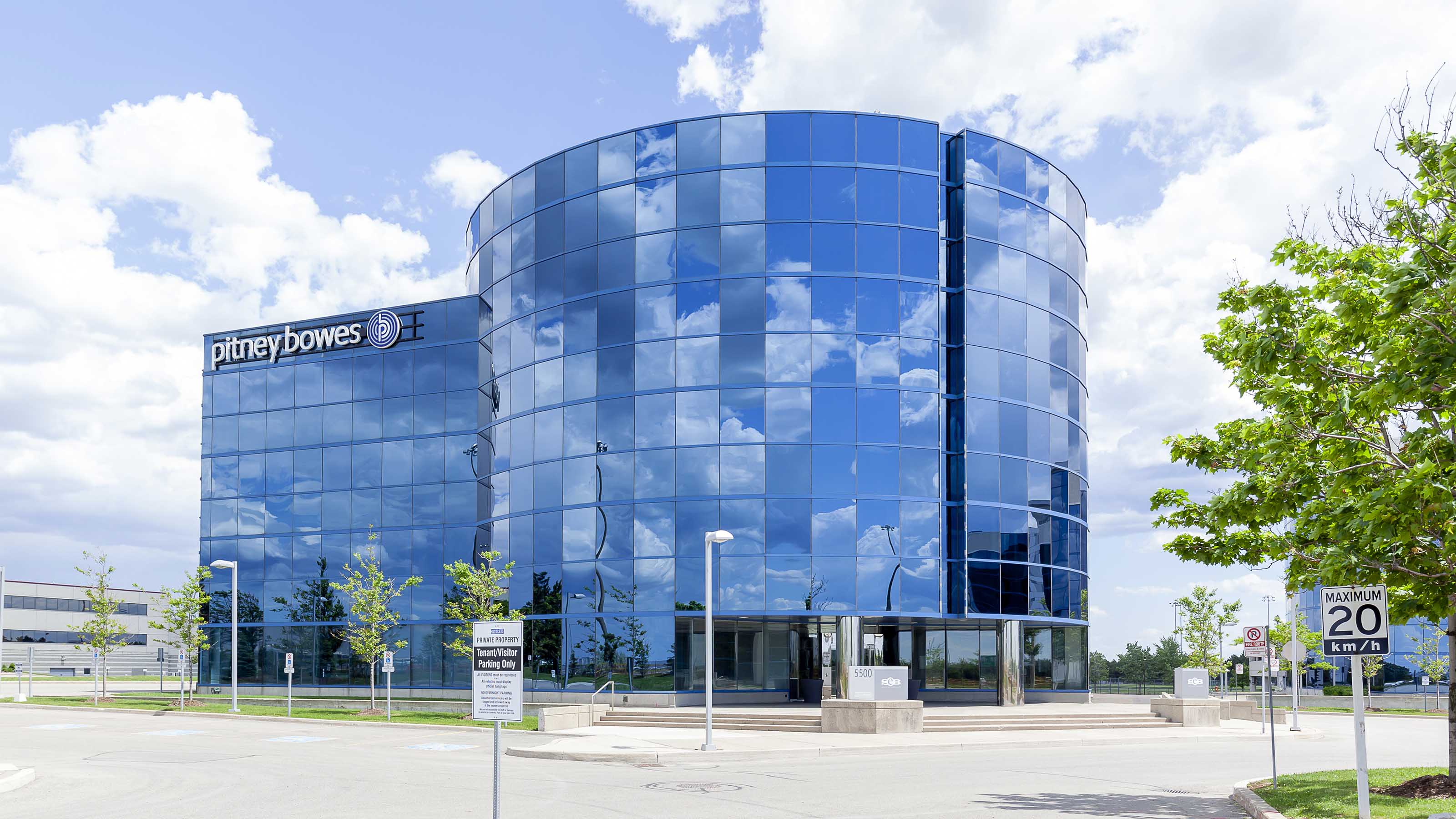
Pitney Bowes
- Market value: $1.3 billion
- Dividend yield: 2.8%
- Pitney Bowes (PBI, $7.10) shares have suffered through a multiyear decline as the company’s legacy postage metering operations have lost business to newer technologies. Over the past decade, revenues have declined 5.3% annually, and free cash flow has dropped by two-thirds to $318 million in 2018.
To halt this slide, Pitney Bowes has made acquisitions in new markets such as e-commerce and software, but these deals have dumped debt on its balance sheet. The company’s long-term debt currently totals $3.1 billion and more than 7.1 times EBITDA.
The company generated more than enough free cash to cover dividends last year, but debt maturities will rise from $150 million this year to $800 million in 2020 and $600 million in 2021. In anticipation of these required payments, Pitney Bowes announced a 73% dividend reduction beginning this year.
Even with the payout cut, the massive amount of maturing debt will prove challenging, and Pitney Bowes expects free cash flow to decline by roughly 20% in 2019. Refinancing its debt would be complicated and likely costly due to negative ratings from the major credit agencies.

Waddell & Reed
- Market value: $1.4 billion
- Dividend yield: 5.4%
Active fund manager Waddell & Reed (WDR, $18.37) faces a major competitive threat from lower fee index funds and ETFs, which are rapidly gaining market share. The firm also is at a major disadvantage to larger competitors such as Vanguard, Fidelity and Schwab (SCHW) because of its smaller distribution network, higher fund expenses and more limited product offerings.
The firm’s assets under management peaked at $124 billion in 2014, but since then have experienced a steady decline. At present, Waddell & Reed has assets under management totaling $65 billion and down 19% from one year earlier.
Waddell & Reed primarily serves retail investors rather than institutions but experienced a 22% drop in investment advisors marketing its funds in 2018, leading to fears of further runoff in managed assets.
Another concern is the below average performance of the company’s funds, which discourages brokers from promoting its products. Over the past three to five years, the majority of Waddell & Reed’s funds ranked in the bottom half of Lipper and Morningstar ratings. Less than one-third of funds have four or five stars, which are Morningstar’s top-tier rankings.
The company cut its dividend by 45% in 2018, but the payout remains rich at 71% and further cuts may become necessary if assets under management continue to contract.
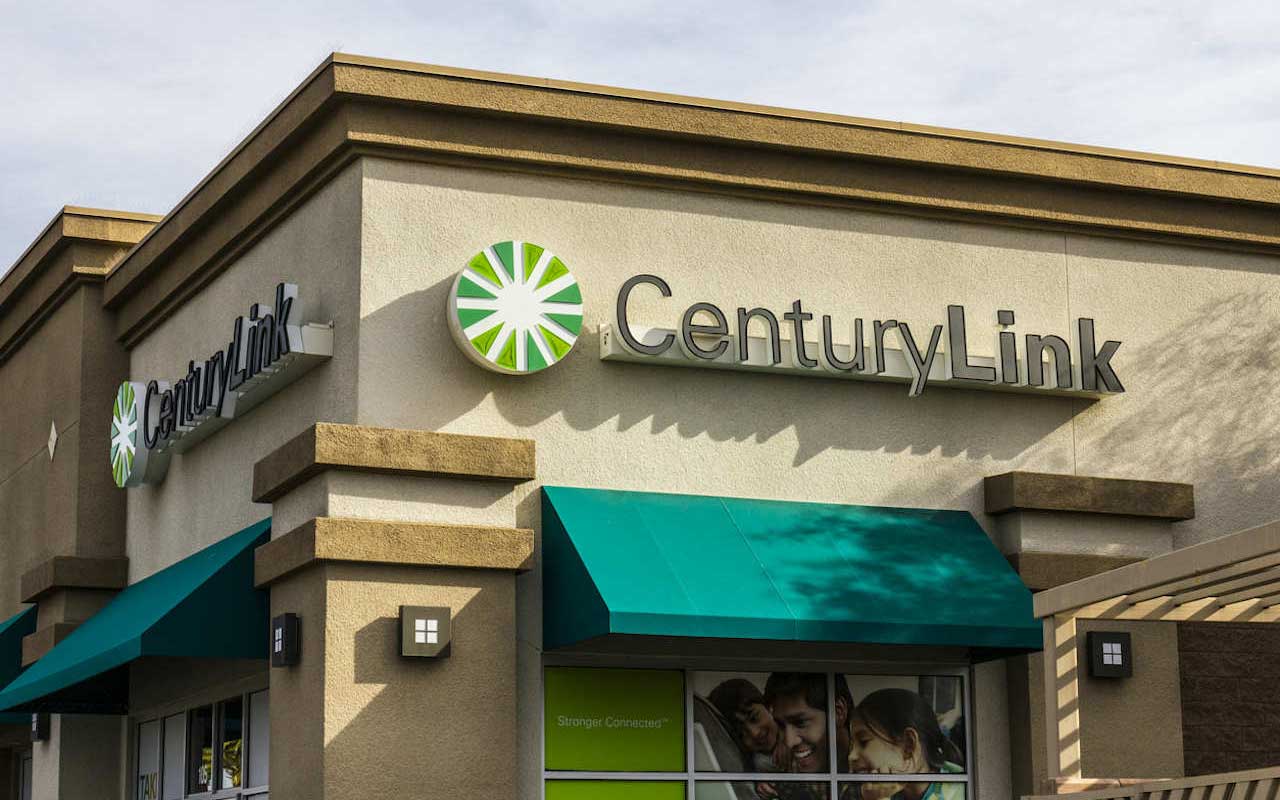
CenturyLink
- Market value: $13.1 billion
- Dividend yield: 7.6%
In an effort to halt a multiyear revenue slide, telecom services provider CenturyLink (CTL, $12.15) purchased Level 3 Communications two years ago for a rich $34 billion.
The merger interrupted the company’s track record of consecutive annual sales declines, and the performance of the combined entity has disappointed. CenturyLink recorded a 3% sales decline in 2018 as well as a massive asset impairment charge and an earnings loss. Its broadband subscriber base contracted by 4%. The company has missed analysts’ revenue estimates in five of the six past quarters.
And very recently, CTL shares took a considerable plunge after the company delayed filing its 2018 annual report after discovering “material weakness” in Level 3’s accounting.
On top of all this, the Level 3 Communications purchase added tremendous debt to CenturyLink’s balance sheet. At present, the company has long-term debt of $35.4 billion, a rich 179% debt-to-equity ratio and a debt load totaling nearly nine times free cash flow.
Even with no growth, dividends have exceeded earnings for several years and payout has averaged 140% over the past four years.
CenturyLink also took a major hit to its reputation following a nationwide service outage in December. The outage lasted more than 24 hours, curtailed 911 emergency services in many areas and has triggered a FCC investigation of the company’s network.
CenturyLink is guiding for 2019 free cash flow at least 20% lower and in February took the drastic step of cutting its dividend by more than 50%.
Profit and prosper with the best of Kiplinger's advice on investing, taxes, retirement, personal finance and much more. Delivered daily. Enter your email in the box and click Sign Me Up.

Lisa currently serves as an equity research analyst for Singular Research covering small-cap healthcare, medical device and broadcast media stocks.
-
 Are You Afraid of an IRS Audit? 8 Ways to Beat Tax Audit Anxiety
Are You Afraid of an IRS Audit? 8 Ways to Beat Tax Audit AnxietyTax Season Tax audit anxiety is like a wild beast. Here’s how you can help tame it.
-
 The Kiplinger Letter's 10 Forecasts for 2026
The Kiplinger Letter's 10 Forecasts for 2026The Kiplinger Letter Here are some of the biggest events and trends in economics, politics and tech that will shape the new year.
-
 We're retired and mortgage-free, but he wants to downsize.
We're retired and mortgage-free, but he wants to downsize.We've paid off our mortgage, have $970K in savings and $5K each month from Social Security. Kiplinger asked wealth planners for advice.
-
 What Fed Rate Cuts Mean For Fixed-Income Investors
What Fed Rate Cuts Mean For Fixed-Income InvestorsThe Fed's rate-cutting campaign has the fixed-income market set for an encore of Q4 2024.
-
 The Most Tax-Friendly States for Investing in 2025 (Hint: There Are Two)
The Most Tax-Friendly States for Investing in 2025 (Hint: There Are Two)State Taxes Living in one of these places could lower your 2025 investment taxes — especially if you invest in real estate.
-
 The Final Countdown for Retirees with Investment Income
The Final Countdown for Retirees with Investment IncomeRetirement Tax Don’t assume Social Security withholding is enough. Some retirement income may require a quarterly estimated tax payment by the September 15 deadline.
-
 The 24 Cheapest Places To Retire in the US
The 24 Cheapest Places To Retire in the USWhen you're trying to balance a fixed income with an enjoyable retirement, the cost of living is a crucial factor to consider. Is your city the best?
-
 Dividends Are in a Rut
Dividends Are in a RutDividends may be going through a rough patch, but income investors should exercise patience.
-
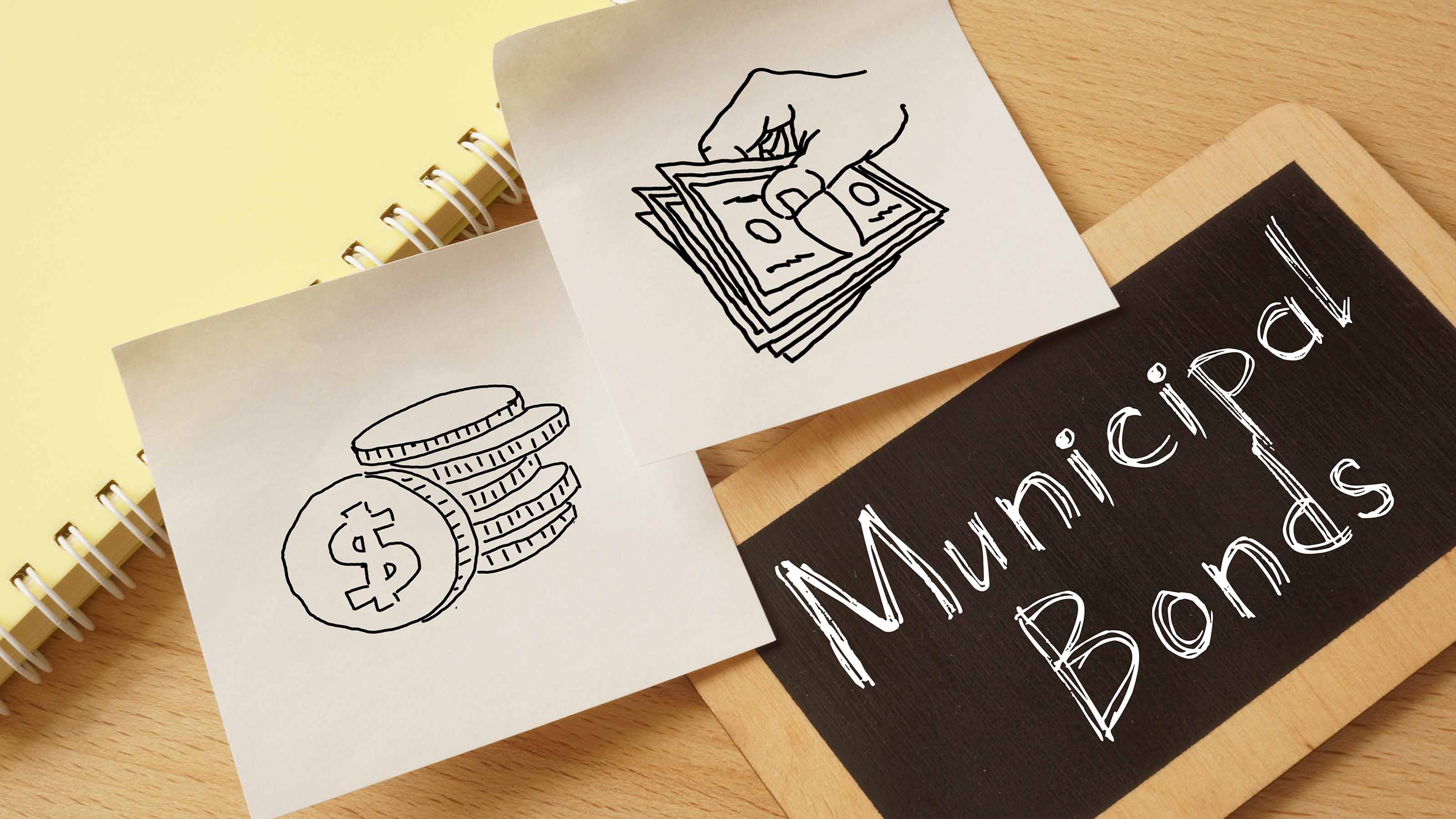 Municipal Bonds Stand Firm
Municipal Bonds Stand FirmIf you have the cash to invest, municipal bonds are a worthy alternative to CDs or Treasuries – even as they stare down credit-market Armageddon.
-
 High Yields From High-Rate Lenders
High Yields From High-Rate LendersInvestors seeking out high yields can find them in high-rate lenders, non-bank lenders and a few financial REITs.
-
 Time to Consider Foreign Bonds
Time to Consider Foreign BondsIn 2023, foreign bonds deserve a place on the fringes of a total-return-oriented fixed-income portfolio.
